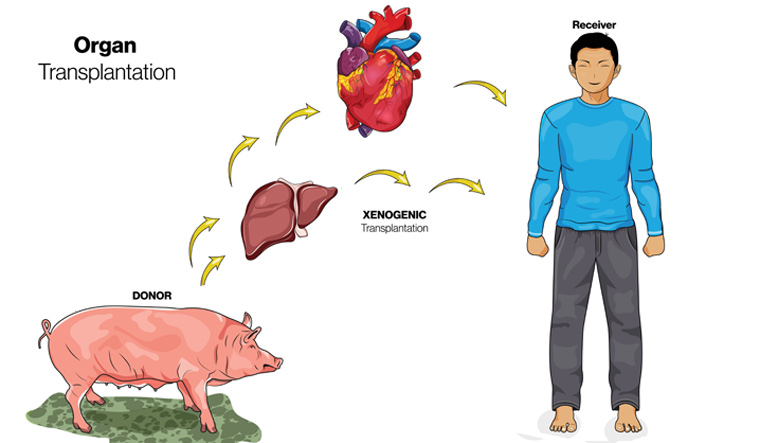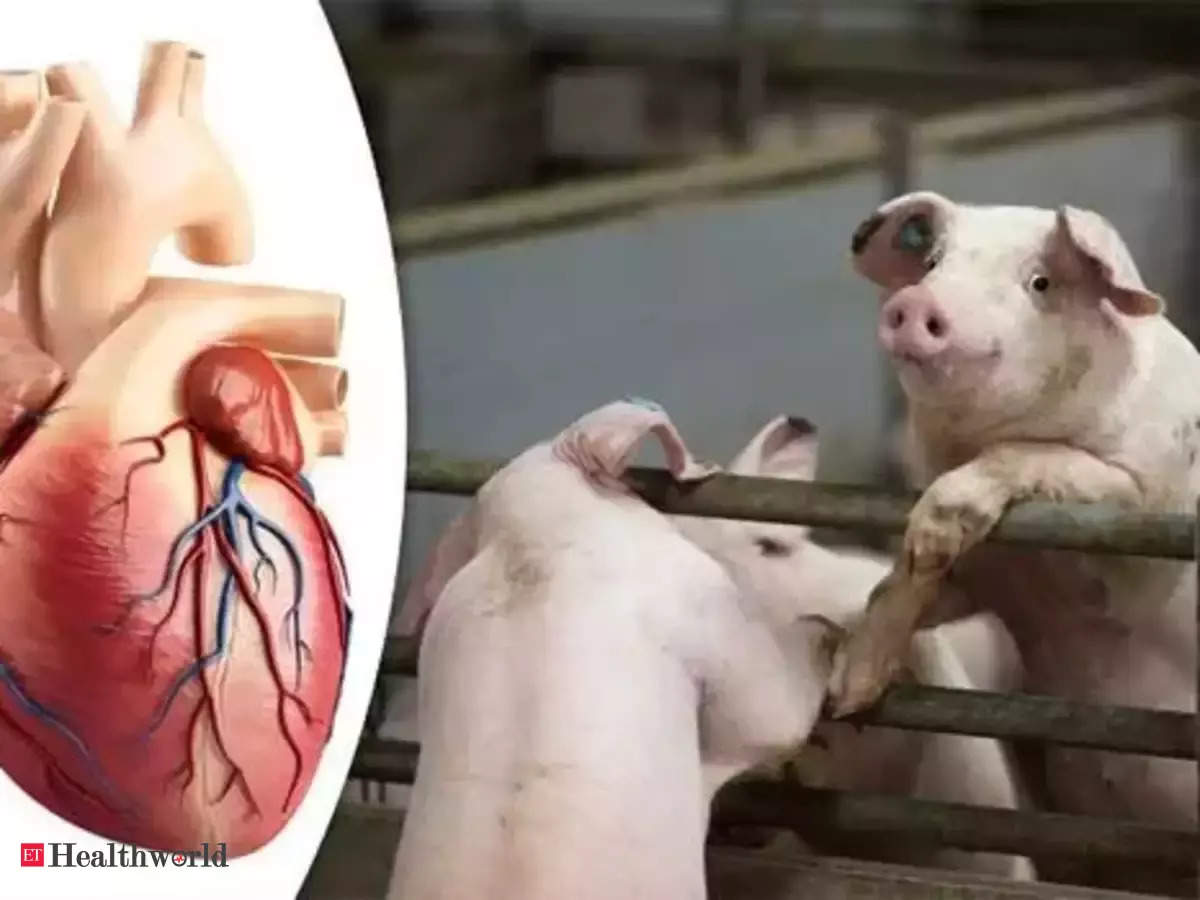Pigs to the Rescue: A New Hope for Liver Transplants
Organ transplants have been a beacon of hope for countless lives, but the scarcity of viable donor organs remains a significant hurdle. In a groundbreaking move, scientists are exploring innovative solutions that rely on cutting-edge scientific advancements rather than mere chance. Enter pigs, the unexpected heroes in the quest to transform liver transplants. With approximately 10,000 people in the U.S. currently awaiting liver transplants, recent developments have kindled hope for a more reliable approach.
The Experiment: On January 18, researchers from the University of Pennsylvania, along with biotech companies eGenesis and OrganOx, marked a significant leap forward in addressing the organ shortage crisis. Their experiment involved connecting a brain-dead patient to a pig’s liver, allowing the organ to circulate the patient’s blood for three days. Dr. Abraham Shaked, a professor of surgery at the University of Pennsylvania, expressed amazement at the system’s success, highlighting the patient’s stability during the trial.
Genetically Modified Pigs: The experiment demonstrated the potential of using genetically modified pig livers as temporary substitutes for human livers. The pigs used in the study were clones, created through the same process that produced Dolly the sheep – the first cloned mammal. CRISPR technology played a pivotal role in editing pig cells, resulting in a liver that mimicked human liver functions when connected to a perfusion machine.

Overcoming Rejection: Xenotransplantation, or animal-to-human liver transplants, has been a pursuit since the 1960s, but rejection issues have hindered progress. The breakthrough in this study involves using CRISPR to make 69 edits to the pig genome, addressing compatibility issues. This includes removing pig-like proteins, adding human genes, and deactivating pig retroviruses. The result was a pig liver that functioned remarkably well in conjunction with a human circulatory system.
The Future of Pig Livers: While the experiment focused on the liver’s toxin-filtering function, Dr. Shaked envisions a future where more sophisticated pig livers can perform complex tasks such as regulating critical enzymes and substances. Ongoing studies aim to explore the full potential of xenotransplants. Dr. Shaked is optimistic that by the year’s end, patients with liver failure could be benefiting from this revolutionary approach, either allowing their livers to recover or serving as a bridge until a traditional transplant becomes available.
The recent success of connecting a pig’s liver to a brain-dead patient marks a significant milestone in the pursuit of reliable organ transplants. With pigs potentially offering a temporary solution for those on transplant waiting lists and patients with compromised livers, the future of xenotransplants holds promise. As science continues to push boundaries, the once-unthinkable idea of pig livers sustaining human life is becoming a reality, offering hope to thousands in need.




